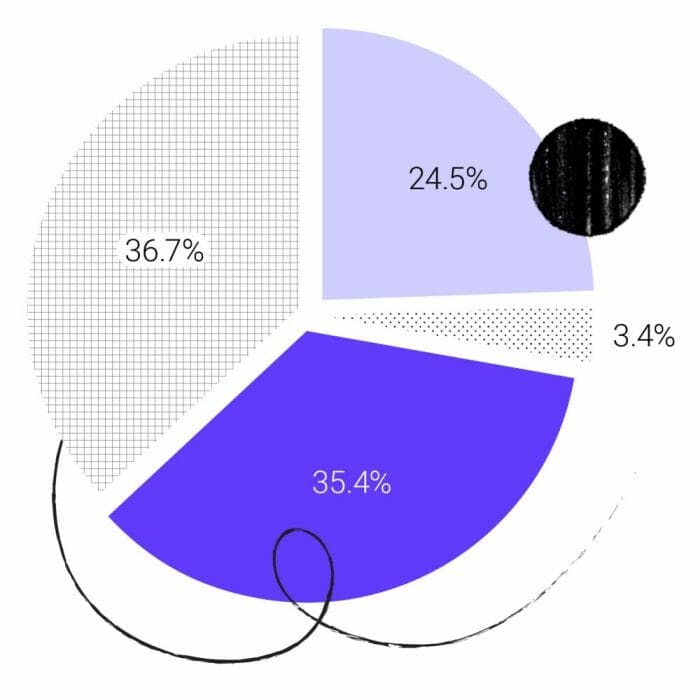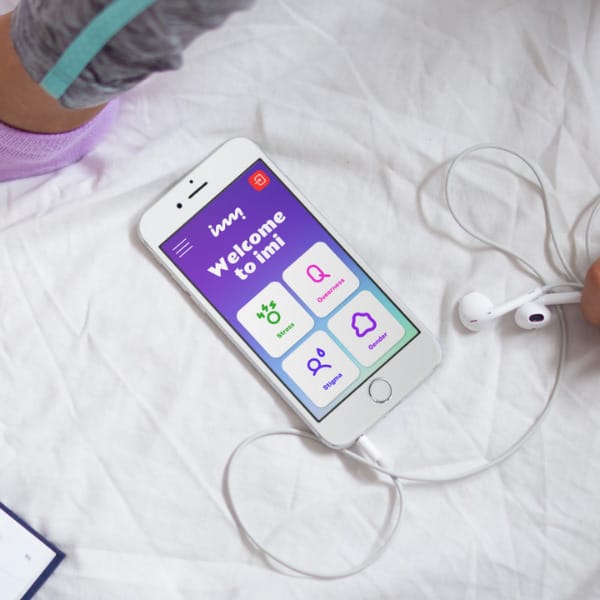Hopelab authors & contributors: Margaret Laws, Fred Dillon, Patricia Merino Price, Cayce Hook, Ph.D.
Other contributors: Katie Smith Milway
Background and Methodology
In May 2020, the Hopelab strategy team sent a digital survey through national and regional networks of national service providers to assess the digital readiness of organizations and their stakeholders. Recruitment for the Qualtrics survey was conducted through email, LinkedIn groups, and social media posts. 299 responses were collected; prior to analysis, some data was excluded; our final sample size was 159.
Respondent Demographics
Respondents represented a mix of service providers including education, healthcare, after-school care, and human services, like shelter and food providers.
- 90% of respondents were from the nonprofit or social sector
- 80% of respondents were leaders in their organizations (e.g. listed CEO, executive director, other c-level, vice president, or senior manager in their title)
- 70% of respondents were from small-to-mid-sized organizations with 49 or fewer employees
Annual operating budgets ranged from less than $1 million to greater than $10 million
- 45% of respondents reported an annual operating budget of greater than $1 million
- 36% of respondents reported an annual operating budget of $1 million to $10 million
- 19% of respondents reported an annual operating budget of greater than $10 million
Key Findings
Only about half of the respondents had web or digital apps by May 2020 and about 40% reported having a digital portal for resources and services.
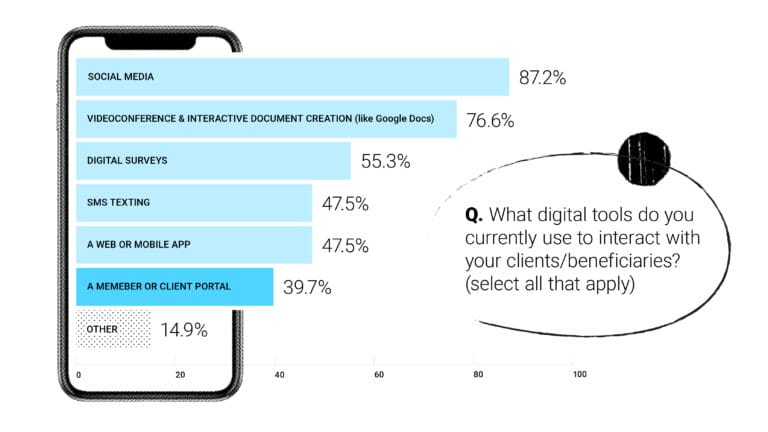
The majority of respondents’ organizations lacked a C-suite leader responsible for client-facing tech.

Only a quarter of organizations had an overarching digital strategy; more than 35% were creating one in response to COVID-19.
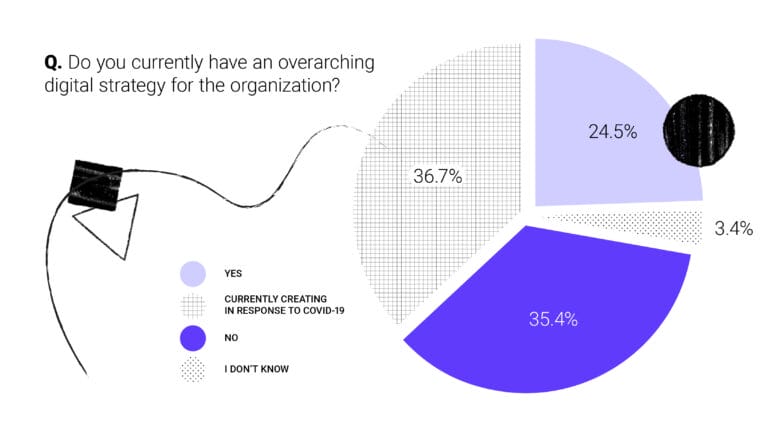
About 40% of respondents had human-centered design capabilities.
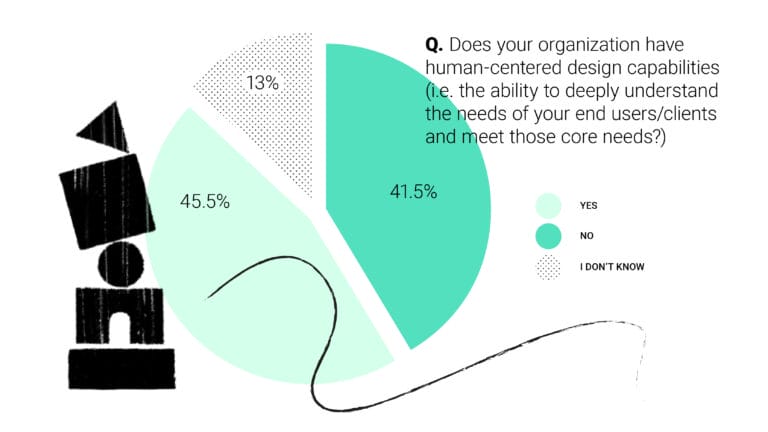
Most organizations do not have funders specifically funding digital strategy or digital tools.
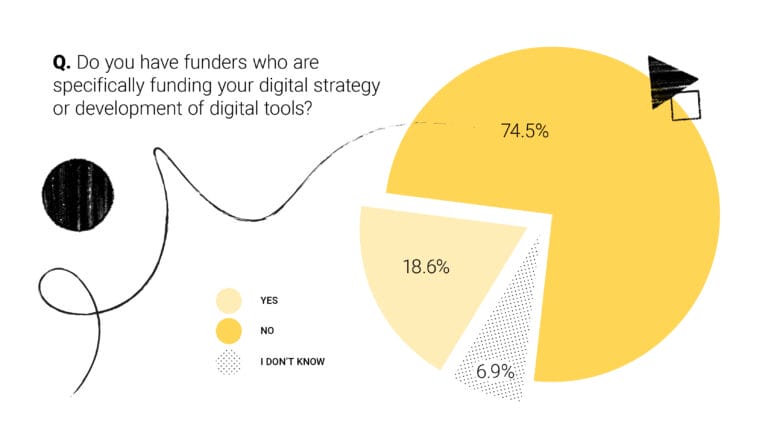
Read more about these findings in an article by The Chronicle of Philanthropy.
